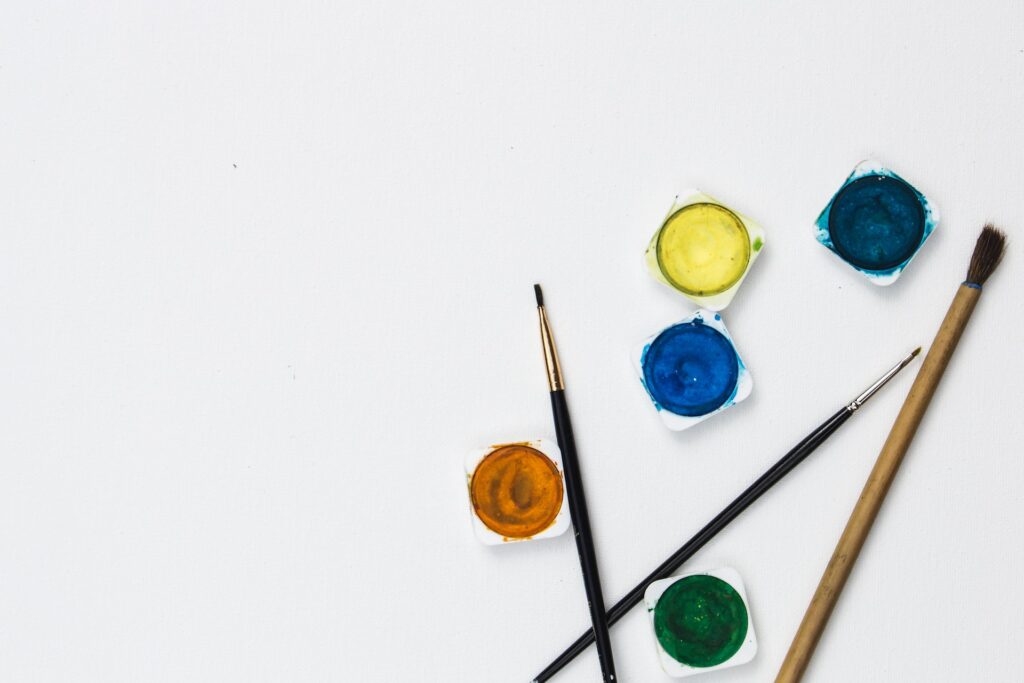
When creating art that stands the test of time, proper canvas preparation is the foundation upon which your masterpiece will rest. Whether you’re an aspiring artist or an experienced painter, taking the time to prepare your canvas correctly can significantly impact the quality and longevity of your artwork. This guide will walk you through five easy steps to ensure your canvas is perfectly primed and ready for your creative expression.
Step 1: Gather Your Materials
Before diving into the canvas preparation process, gathering all the necessary materials is essential. Here’s what you’ll need:
Materials Checklist
- Canvas: Select a high-quality canvas that suits your painting style and desired finish.
- Stretcher Bars: Ensure they are sturdy and adequately support your canvas.
- Stapler or Tacks: To secure the canvas to the stretcher bars.
- Gesso: Choose between white or clear gesso based on your preferences.
- Sandpaper: Get the right grit for smoothing the canvas surface.
Choosing the right materials is crucial to achieving a professional outcome. Opt for the best quality canvas and stretcher bars within your budget to ensure your artwork’s durability.
Step 2: Stretch and Secure the Canvas
Center and Align
Begin by laying your canvas face down on a clean surface. Center it over the stretcher bars and ensure proper alignment. This step is critical to achieving a balanced and visually pleasing final result.
Stapling or Tacking
With the canvas centered, start securing it to the stretcher bars. Use staplers or tacks to attach the canvas, working from the center outwards. Make sure to maintain even tension as you go. The key here is to achieve a taut and wrinkle-free canvas surface.
Step 3: Apply Gesso
Apply gesso evenly to the canvas using a wide brush. Start with thin layers and allow each layer to dry before applying the next. Multiple layers of gesso will provide a smoother surface, ideal for painting. Be patient during this process, as thorough priming is key to achieving professional results.
Step 4: Sand and Smooth the Surface
After the gesso has dried completely, it’s time to sand the canvas surface. This step is essential for achieving a smooth and receptive canvas for your paint. Follow these steps for optimal results:
- Select the appropriate grit of sandpaper (usually fine to medium).
- Gently sand the entire canvas surface in a circular motion, paying attention to any rough spots or imperfections.
- After sanding, use a clean cloth or brush to remove any dust or debris from the canvas.
A smooth canvas surface enhances paint adhesion and allows for more precise brushwork and blending.
Step 5: Final Checks and Recommendations
Before you embark on your painting journey, perform these final checks:
Tension of the Canvas
Ensure your canvas remains taut and evenly stretched across the stretcher bars. Tighten or adjust if necessary.
Even the Application of Gesso
Inspect the canvas for any unevenness or imperfections in the gesso layers. Sand lightly if needed.
Smoothness of the Surface
Run your hand gently over the canvas to confirm it’s smooth and ready for painting.
In addition to these checks, consider the following recommendations:
- Store prepared canvases in a clean, dust-free environment to prevent damage.
- Troubleshoot common canvas preparation issues, such as sagging or uneven tension.
- Allow the canvas to dry thoroughly before starting your painting to prevent cracks or bubbles in the paint.
In Summary
Proper canvas preparation is fundamental to the artistic process. Following these five steps will set the stage for your creativity to shine and ensure your artwork remains vibrant and beautiful for years to come. Invest the time and effort into canvas preparation, and you’ll reap the rewards of stunning, long-lasting art.